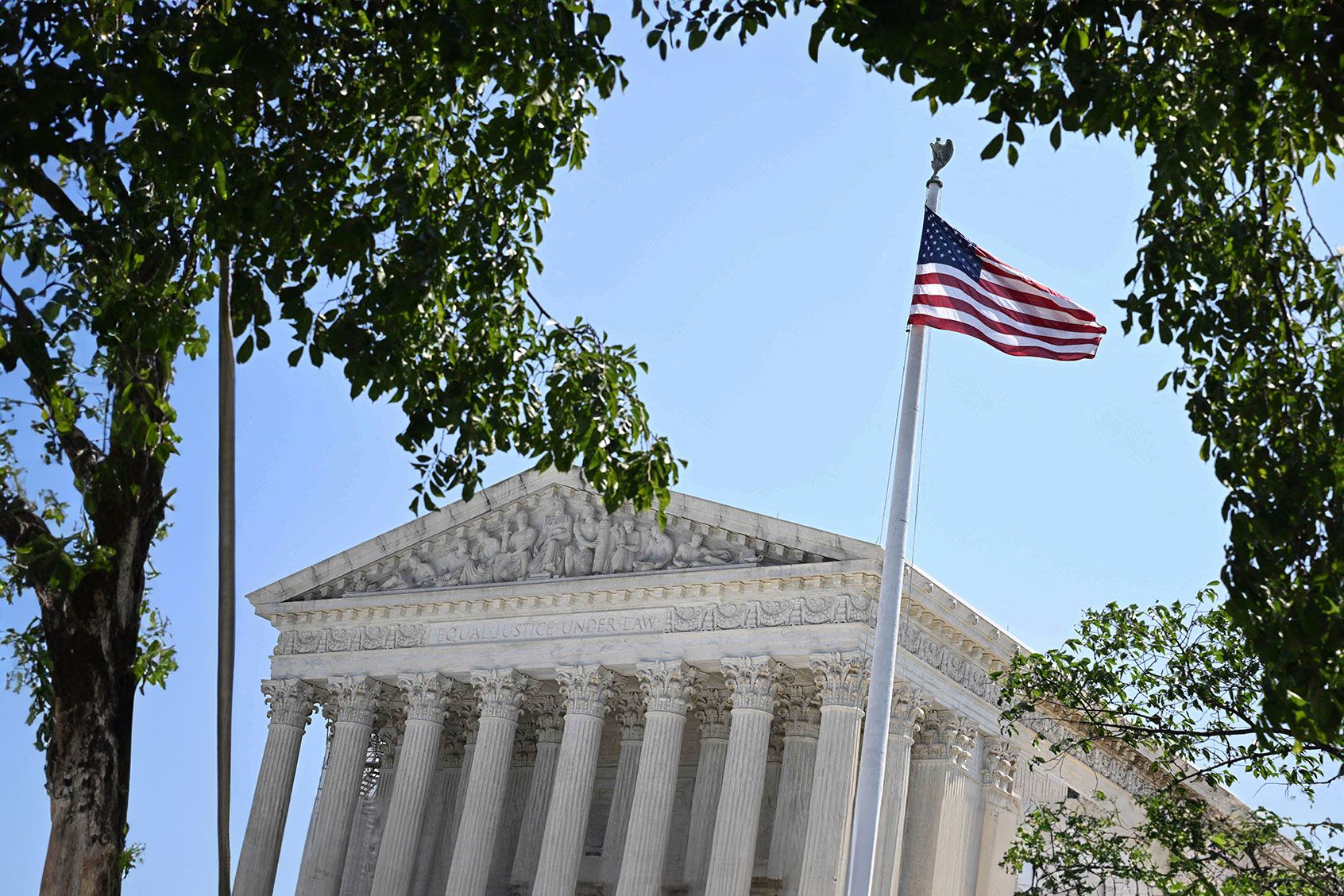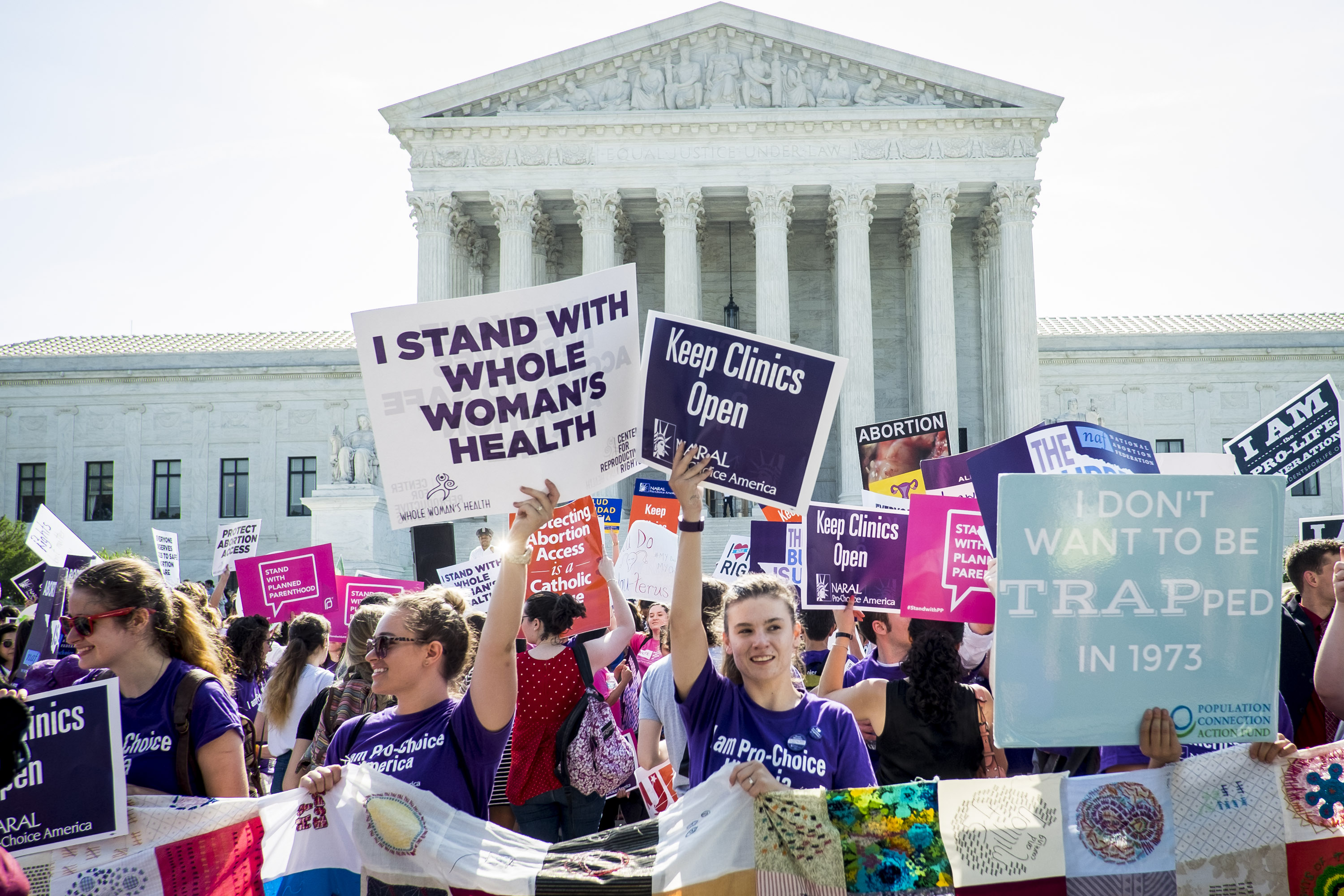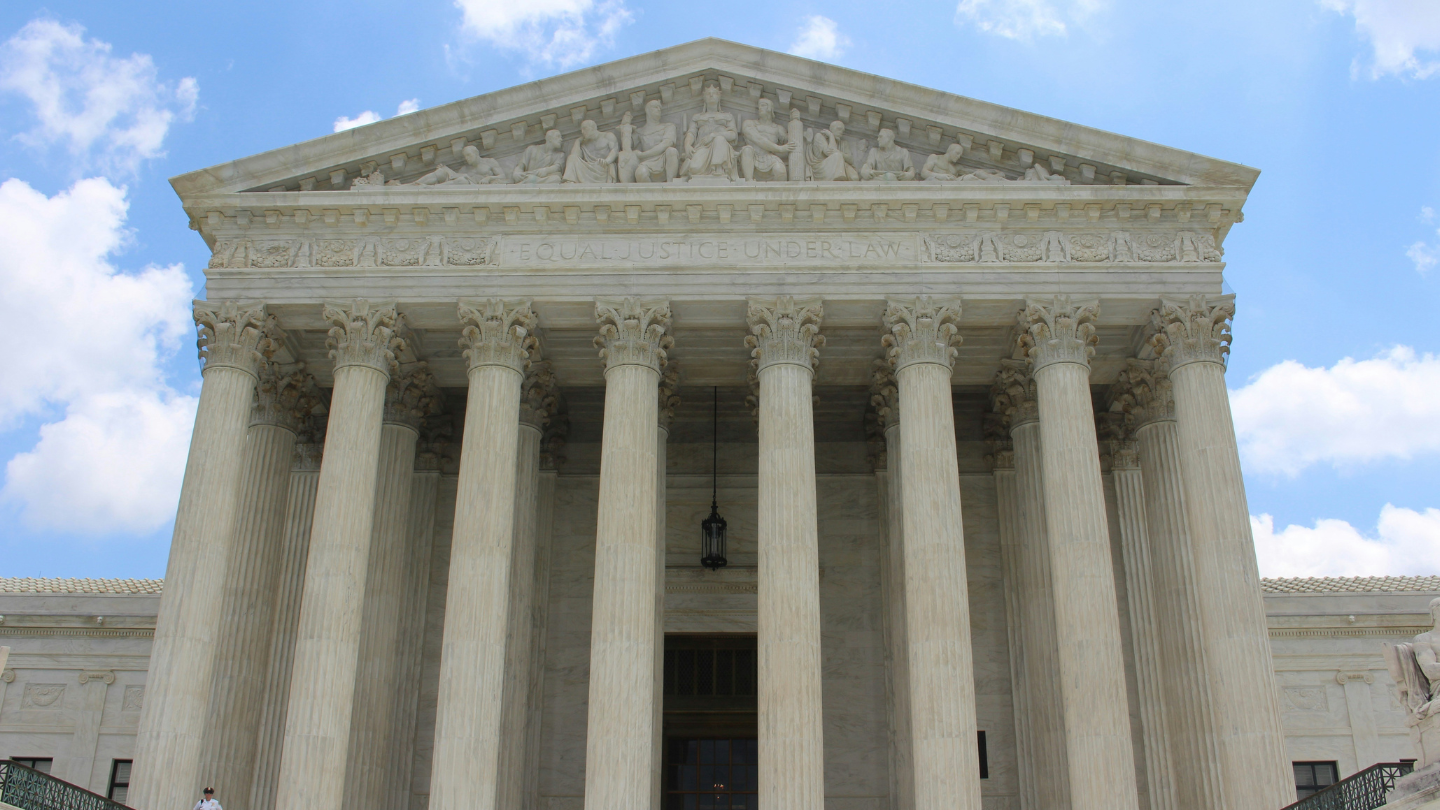1977 SCOTUS Ruling - A Look Back
That year, nineteen seventy-seven, was quite a time, a common year that started on a Saturday, marking the 1977th year of the Common Era. It was a period filled with moments that truly left a mark, you know, shaping things in ways we still feel today. People often look back at what happened then, wondering how those events, big and small, played a part in the story of our country. We often think of the music, the movies, and the general vibe, but there was a quiet yet powerful force at work too: the legal decisions made at the highest court.
The year 1977, in some respects, truly brought about an entire cultural shift, especially here in the United States. It kicked off with President Jimmy Carter making a big move, offering a pardon to thousands of people who had avoided the draft. This act, for example, signaled a moment of trying to move past some very tough times, a kind of turning the page. It was a time when the country was figuring out its path forward, with new sounds like disco making waves, thanks to things like the "Saturday Night Fever" movie soundtrack.
So, as the United States found itself in the latter half of the twentieth century, 1977 was indeed marked by important events that would help shape the country's future. From groundbreaking albums to films people would never forget, this year certainly made a lasting impact on popular culture. But beyond the headlines of music and politics, there were significant legal happenings that, quite frankly, influenced how people lived and worked. These were the moments when the highest court in the land made decisions that, in a way, reflected and redirected the currents of that very interesting year.
- Acm 2024 Red Carpet
- How Tall Is Billy Dee Williams
- 1972 Rolling Stones Tour
- Vera Wang Weight Loss
- Pisces Love 2025
Table of Contents
- What Happened in the Courts During 1977?
- The Legal Scene of the 1977 SCOTUS Ruling
- How Did 1977 Shape Legal Decisions?
- Echoes of a Changing Era in 1977 SCOTUS Ruling
- Key Decisions from the 1977 SCOTUS Ruling Term
- Cases That Left Their Mark
- What Was the Impact of the 1977 SCOTUS Ruling?
- Looking Back at the Legacy of the 1977 SCOTUS Ruling
- Why Does the 1977 SCOTUS Ruling Still Matter?
What Happened in the Courts During 1977?
When we think about 1977, our minds often jump to the big cultural moments, like the rise of disco or the impact of movies that truly captured the spirit of the time. But, you know, behind the scenes, there was a lot going on in the legal world that had a quiet yet profound influence on daily life. The Supreme Court, for instance, heard arguments and made decisions that touched on everything from how people could express themselves to the rights of workers. It was a year where the legal system, in some respects, grappled with the changing expectations of society, trying to figure out how old rules applied to new situations.
Actually, 1977 was a year where the highest court dealt with issues that, honestly, felt very current for the time. There were questions about what unions could do, how professionals could tell people about their services, and even what people had to put on their car license plates. These weren't just abstract legal arguments; they were about the freedom of individuals and the way businesses operated. The outcomes of these cases, pretty much, helped set the stage for how some of these things are handled even today.
The Legal Scene of the 1977 SCOTUS Ruling
The legal landscape in 1977 was, for instance, a busy one, with the Supreme Court addressing several matters that would shape public life for years to come. One particularly important area was free expression, which really came up in a couple of interesting ways. The court had to consider how far the government could go in telling people what they had to say, or even what they could not say, especially when it came to things like advertising or public displays. These discussions, you know, were a reflection of a society that was, in a way, becoming more vocal and more aware of individual liberties.
- Caitlin Clark Leaving For European League
- Marisa Wayne Siblings
- Did Taylor Swift Go To The 2024 Met Gala
- Died Family Matters Cast
- Pictures Of Taylor Swift Speak Now
Similarly, issues surrounding the rights of workers and the way unions could operate also came before the justices. These cases often involved a balancing act, weighing the rights of individuals against the collective power of groups. The decisions made during the 1977 SCOTUS ruling term, therefore, helped clarify some of the boundaries and protections in the workplace, affecting countless people across the country. It’s pretty clear that these legal discussions were not happening in a vacuum; they were deeply connected to the broader social and economic currents of that particular year.
How Did 1977 Shape Legal Decisions?
You know, it's pretty interesting to think about how the general atmosphere of a year might influence the legal decisions that are made. In 1977, for example, there was this definite feeling of change in the air. President Carter's pardon of draft evaders, as I was saying, was a very big symbolic moment, suggesting a desire for healing and a shift in national priorities. This broader mood of questioning established norms and seeking new directions could, arguably, be seen reflected in some of the court's considerations that year.
The cultural shifts, like the rise of disco and the popularity of movie soundtracks, were also indicative of a society that was, in a way, exploring new forms of expression and challenging older conventions. This spirit of openness and individualism, you know, might have subtly played into how the justices viewed cases concerning individual liberties and commercial speech. It’s not always a direct link, but the prevailing sentiment of the times can often provide a sort of backdrop against which legal interpretations are made.
Echoes of a Changing Era in 1977 SCOTUS Ruling
When we look at the specific cases from the 1977 SCOTUS ruling term, we can, in some respects, see these echoes of a changing era. For instance, questions about free speech, especially in new contexts like advertising for professional services, truly highlighted a society that was becoming more commercialized and also more aware of consumer rights. The court had to figure out how to apply long-standing principles to situations that were, basically, quite new.
And then there were cases that dealt with the very fundamental ideas of what the government could ask its citizens to do, or not do. The discussion around compelled speech, for example, where someone is forced to express a message they don't agree with, really tapped into that growing sense of individual autonomy that was a hallmark of the 1970s. It was a period where people were, you know, increasingly asserting their personal freedoms, and the court was often the arena where these assertions were tested and defined.
Key Decisions from the 1977 SCOTUS Ruling Term
The 1977 SCOTUS ruling term saw several important decisions that continue to influence legal thought and daily life. One case that stands out is *Abood v. Detroit Board of Education*. This one was all about public sector unions and whether employees who weren't union members could still be required to pay fees to the union for collective bargaining. The court, as a matter of fact, had to balance the union's need to cover its costs with the individual's right to not associate with a group. It was a pretty big deal for public employees and how unions operate.
Another very significant case was *Bates v. State Bar of Arizona*. This decision really shook things up for professionals, particularly lawyers. Before this, there were strict rules against attorneys advertising their services. But the court, in this instance, decided that commercial speech, like advertising, had some protection under the First Amendment. This meant that lawyers could, for instance, tell people about what they offered, which was a huge shift and, honestly, changed how many professions could reach their clients.
Then there was *Wooley v. Maynard*, a case that, you know, involved a New Hampshire resident who covered up the state motto "Live Free or Die" on his license plate because of his religious beliefs. The state said he had to display it, but the Supreme Court said no, the government couldn't force someone to express an ideological message they disagreed with. This was a really important decision about freedom of speech and what the government can and cannot compel people to say. It was, basically, a win for individual expression.
Also, *United States v. Chadwick* was a notable Fourth Amendment case. This one was about whether police could search a person's luggage without a warrant once they had taken it from the person's control. The court, quite clearly, said that once the luggage was in the government's sole possession, a warrant was needed for a search. This decision helped clarify protections against unreasonable searches and seizures, which is, you know, a very fundamental right for people.
Finally, there was *Coker v. Georgia*, which dealt with the death penalty. In this case, the court considered whether the death penalty was a fair punishment for the crime of raping an adult woman. The justices, frankly, decided that it was a disproportionate punishment and therefore violated the Eighth Amendment's protection against cruel and unusual punishment. This ruling, in a way, refined how capital punishment could be applied and what crimes it was considered suitable for.
Cases That Left Their Mark
These cases, taken together, truly left a lasting mark on the legal fabric of the country. The 1977 SCOTUS ruling period addressed issues that were, in some respects, central to the lives of everyday people: their ability to join unions, how they could find legal help, what they were forced to say, and their protections from government searches. Each decision, you know, contributed to the ongoing conversation about rights and responsibilities in a changing society.
It’s interesting to think about how these legal outcomes aligned with the broader cultural moments of 1977. While Gary Gilmore's execution, for instance, was a very somber and widely reported event that year, showing a different side of the justice system, the Supreme Court's work was often about setting the principles that would guide future legal actions. The court's decisions, basically, shaped the rules of engagement for individuals and institutions, quietly but powerfully.
What Was the Impact of the 1977 SCOTUS Ruling?
The impact of the 1977 SCOTUS ruling decisions was, quite frankly, far-reaching. For example, the *Abood* decision about union fees helped define the financial relationship between public employees and their unions, a topic that still comes up in discussions about labor rights. It meant that while unions could collect fees for bargaining, they couldn't force people to support political activities they disagreed with. This, you know, created a more nuanced approach to union membership.
The *Bates* ruling on attorney advertising, similarly, opened up a whole new avenue for professionals to reach the public. Before this, finding a lawyer was often about word-of-mouth or knowing someone. After *Bates*, lawyers could, in fact, advertise their services, making legal help more accessible to a wider range of people. This had a pretty big effect on how legal practices operated and how people sought legal advice. It was, in a way, a step towards greater transparency in professional services.
And the *Wooley* decision, about the license plate motto, really reinforced the idea that people have a right to not be forced to speak. This principle is, you know, a cornerstone of free speech and has been cited in many other cases where individuals have resisted government demands to express certain messages. It’s a powerful reminder that freedom of speech also includes the freedom to remain silent or to not endorse views one opposes.
The *Chadwick* case, too, had a significant impact on how law enforcement conducts searches. By requiring a warrant for searching luggage once it's secured, the court basically strengthened Fourth Amendment protections. This means police need proper authorization before digging through personal belongings, even if they've already taken possession of them. It was a very important clarification for privacy rights.
Finally, the *Coker* ruling on the death penalty for rape was a truly pivotal moment in capital punishment law. It established that the death penalty must be proportional to the crime committed, effectively narrowing the types of offenses for which it could be applied. This decision, in some respects, reflected an evolving societal view on what constitutes cruel and unusual punishment, pushing the legal system to consider the severity of penalties more carefully.
Looking Back at the Legacy of the 1977 SCOTUS Ruling
The legacy of the 1977 SCOTUS ruling term is, therefore, quite considerable. These decisions weren't just isolated legal events; they were, in fact, integral parts of a larger story about how rights and responsibilities were being redefined in the latter half of the twentieth century. They helped shape how businesses operate, how individuals express themselves, and how the justice system treats its citizens.
It’s pretty clear that these rulings, you know, contributed to the broader changes that were happening in 1977. Just as popular culture was shifting with new music and movies, the legal landscape was also adapting to new societal expectations and challenges. The court's work that year provided important guidance on a variety of matters that, honestly, continue to shape our legal discussions today.
Why Does the 1977 SCOTUS Ruling Still Matter?
You might wonder, why should we still care about what happened with the 1977 SCOTUS ruling decisions all these years later? Well, the truth is, these cases laid down principles that are still very much alive in our legal system. For instance, the ideas about free speech, whether it’s commercial advertising or the right not to be forced to say something, are constantly being tested and applied in new situations, especially with the rise of digital communication. The groundwork from 1977, in a way, helps us understand current debates.
Similarly, the rulings on union fees and search and seizure continue to be referenced in courtrooms and in policy discussions. They are, basically, foundational elements of labor law and criminal procedure. So, when new cases come up that touch on these areas, lawyers and judges often
- Acm 2024 Red Carpet
- Do Earth And Water Signs Get Along
- Kylie Cantrall Macys Parade
- Kats Bf Euphoria
- J Lo Abs

SCOTUS ruling erodes agency power

What the SCOTUS Ruling Says About the Abortion Battle | TIME

What the SCOTUS ruling means for presidential immunity – WABE